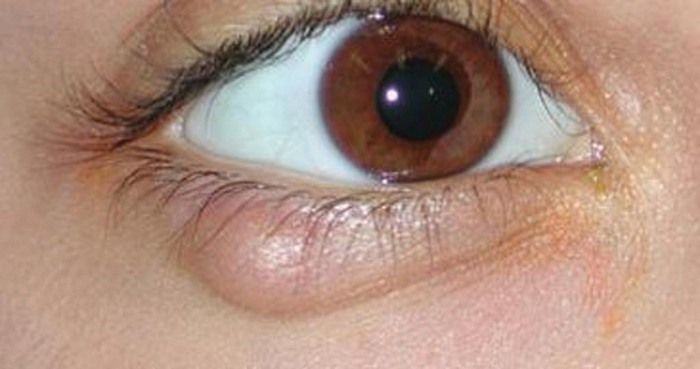

Eye Health
Ipoh Echo’s EYE HEALTH series continues with Consultant Eye Surgeon Dr S.S. GILL talking to us about CHALAZION.
Chalazion is a small, round or oval swelling that is painless that may form in the upper or lower eyelid. It appears like a cyst, with normal skin overlying it in most cases. The name ‘chalazion’ is Greek in origin, meaning ‘hailstone’.
Our eyelids have numerous ducts that drain oily secretions from glands called meibomian glands. These oily secretions are there to lubricate the edge of the eyelid and eyes. However, when these eyelid ducts get blocked, then it forms a chalazion.
Chalazia (plural for chalazion) often do not cause any problems apart from appearing unsightly or cosmetically unappealing. They are also not painful unless they get infected, in which case they become red and swollen due to the inflammation. A large chalazion on the upper eyelid may at times press on the cornea resulting in astigmatism being induced temporarily and therefore causing a blurring of vision.
TREATMENT OPTIONS
Most chalazia resolve on their own within a couple of weeks without any treatment. However, some of them persist and remain as an unsightly swelling in the eyelid.
Warm Compresses: Warm compresses help in encouraging drainage of the secretions from the blocked duct. The warm compresses (not hot compresses!) may be applied about 3 to 4 times a day for about 15 minutes each time.
Corticosterod Injections: If a chalazion persists for more than a couple of weeks, you may need to seek professional help. Smaller chalazion may be injected with a corticosteroid injection with the cover of an antibiotic to prevent infections. They usually resolve in two weeks.
Surgical Removal: Larger chalazia are unlikely to respond to corticosteroid injections. These are best removed surgically under a local anaesthetic. The drainage of the chalazion is not done from the skin surface of the eyelid but from the inside of the eyelid to avoid scarring of the eyelid skin. Rarely, the chalazion may be located superficially on the eyelid and it may be best to avoid surgical removal from the undersurface of the eyelid. The approach to drainage is a decision made on a case-by-case basis.
During this minor surgical procedure, the chalazion is essentially drained to release the cheesy fluid matter. Such a drainage procedure will instantaneously reduce the swelling to effectively bring cosmetic relief. In some cases, the cheesy material is not so fluid but has become hardened and so the drainage incision underneath the eyelid may have to be slightly larger in order for the collection to be cleaned out thoroughly. Following this minor surgical procedure, you will be given some antibiotic eye drops, oral anti-inflammatory medication and analgesics for a day or two. Healing is often rapid without much problem.


